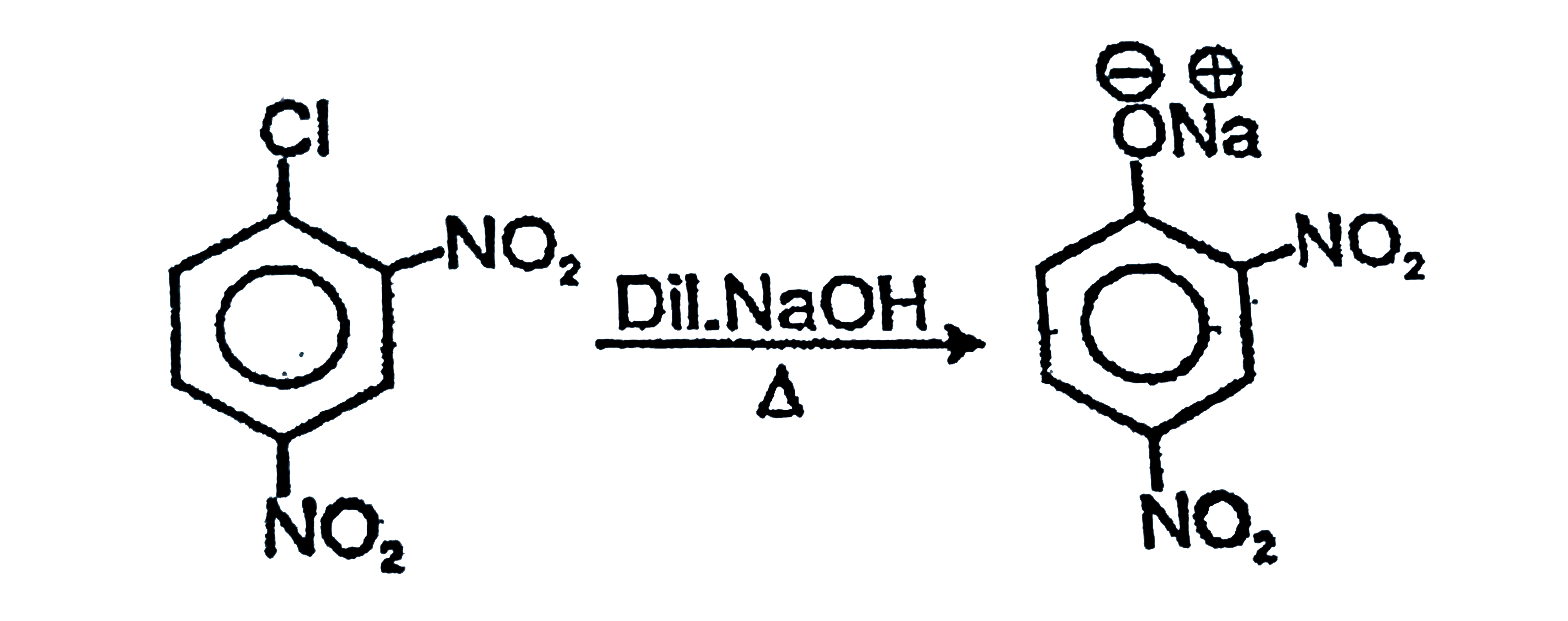Bromination of an-alkane as compared to chlorination proceeds
at a slower rate
at a faster rate
with equal rates
with equal or different rates depending upon the temperature
To solve the question regarding the bromination of an alkane as compared to chlorination, we can break down the reasoning into clear steps:
1. Understand the Reaction Types:
- Both bromination and chlorination are types of halogenation reactions where halogens (Br2 for bromination and Cl2 for chlorination) react with alkanes to form alkyl halides.
2. Energy Considerations:
- When a bond is broken (like C-H or C-Br), energy is required, leading to a positive change in enthalpy (ΔH).
- Conversely, when a bond is formed (like C-Cl or C-Br), energy is released, resulting in a negative ΔH.
3. Gibbs Free Energy:
- The spontaneity of a reaction can be determined using the Gibbs free energy equation:
ΔG=ΔH−TΔS
- A reaction is spontaneous (and thus faster) when ΔG is negative.
4. Comparing ΔH Values:
- The ΔH value for chlorination (C-Cl bond formation) is more negative than that for bromination (C-Br bond formation). This indicates that the energy released during chlorination is greater, making it a more favorable reaction.
5. Rate of Reaction:
- Since chlorination has a more negative ΔH, it leads to a more negative ΔG, indicating that chlorination occurs at a faster rate compared to bromination.
6. Conclusion:
- Therefore, bromination of an alkane, as compared to chlorination, proceeds at a slower rate.
Final Answer:
Bromination of an alkane as compared to chlorination proceeds at a slower rate.
- Both bromination and chlorination are types of halogenation reactions where halogens (Br2 for bromination and Cl2 for chlorination) react with alkanes to form alkyl halides.
- When a bond is broken (like C-H or C-Br), energy is required, leading to a positive change in enthalpy (ΔH).
- Conversely, when a bond is formed (like C-Cl or C-Br), energy is released, resulting in a negative ΔH.
- The spontaneity of a reaction can be determined using the Gibbs free energy equation:
ΔG=ΔH−TΔS
- A reaction is spontaneous (and thus faster) when ΔG is negative.
- The ΔH value for chlorination (C-Cl bond formation) is more negative than that for bromination (C-Br bond formation). This indicates that the energy released during chlorination is greater, making it a more favorable reaction.
- Since chlorination has a more negative ΔH, it leads to a more negative ΔG, indicating that chlorination occurs at a faster rate compared to bromination.
- Therefore, bromination of an alkane, as compared to chlorination, proceeds at a slower rate.
Bromination of an alkane as compared to chlorination proceeds at a slower rate.
Topper's Solved these Questions
- HYDROCARBONSBOOK - VMC MODULES ENGLISHCHAPTER - HYDROCARBONSEXERCISE - Level-2 (Numerical Value Type)
15 Videos
- HYDROCARBONSBOOK - VMC MODULES ENGLISHCHAPTER - HYDROCARBONSEXERCISE - JEE Main Archive
46 Videos
- HYDROCARBONSBOOK - VMC MODULES ENGLISHCHAPTER - HYDROCARBONSEXERCISE - Level-1
75 Videos
- HALOALKANES AND HALOARENESBOOK - VMC MODULES ENGLISHCHAPTER - HALOALKANES AND HALOARENESEXERCISE - IN-CHAPTER EXERCISE - F
6 Videos
- ICONIC EQUILIBRIUMBOOK - VMC MODULES ENGLISHCHAPTER - ICONIC EQUILIBRIUMEXERCISE - IMPECCABLE
50 Videos
Similar Questions
Knowledge Check
Chlorination of alkanes is a photochemical process. It is initiated by the process of
AheterolysisBhomolysisCpyrolysisDhydrolysis
The relative rates of diffusion of ozone as compared to chlorine is 6:5. If the density of Cl2 is 35.5, find out the density of ozone.
View Solution
The above transformation proceeds through
View SolutionAssertion (A) Like bromination of benzene, bromination of phenol is also carried out in the presence of Lewis acid.
Reason (R) Lewis acid polarises the bromine molecule.
View SolutionThe chlorination of an alkane involves:
View SolutionIntroduction to the alkanes
View SolutionAn alkane by molecular weight 72 upon chlorination gives one monochlorination product. The alkane is
View SolutionState the term for the reaction in which the hydrogen of an alkane is replaced by chlorine.
View Solution
